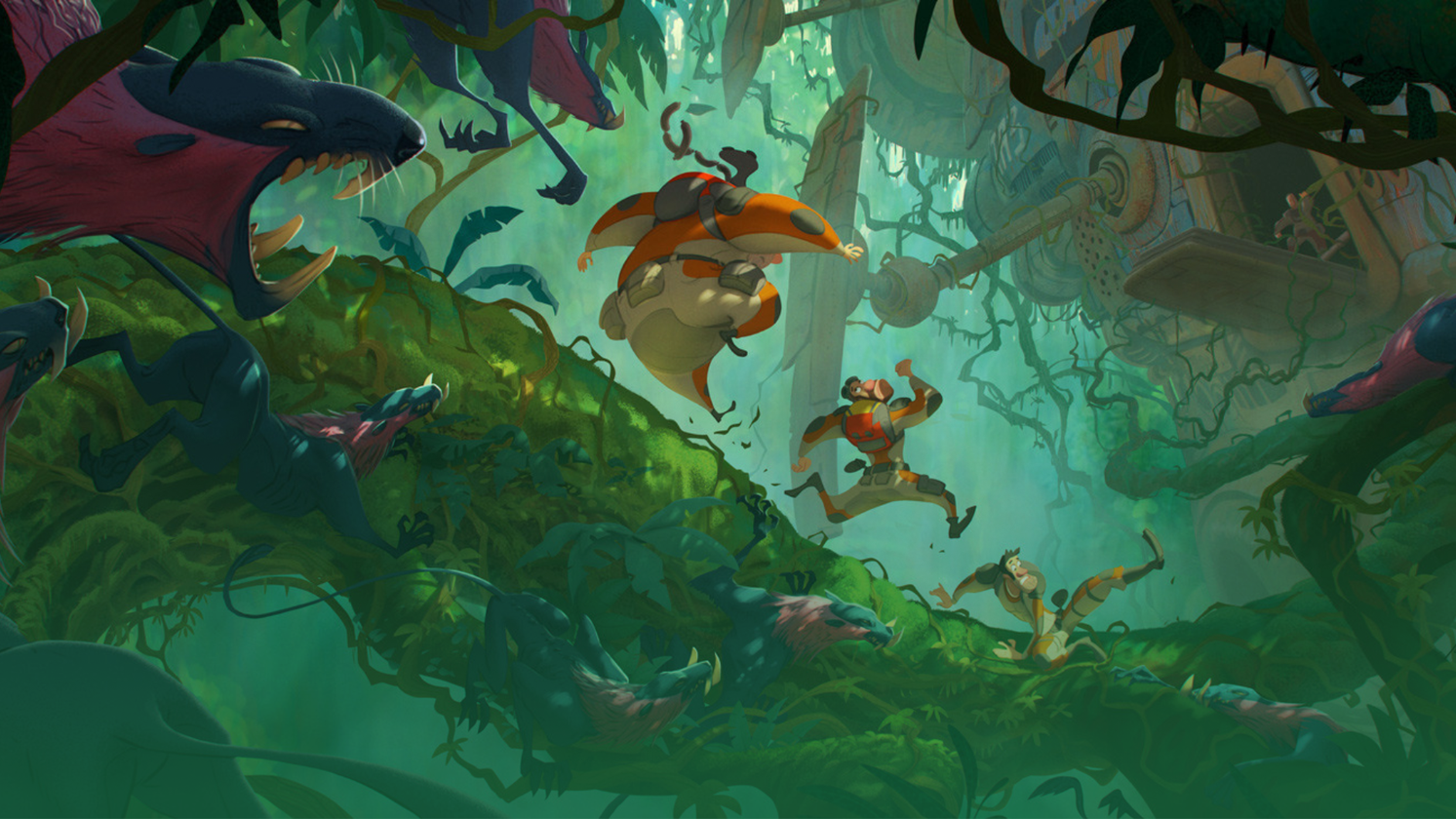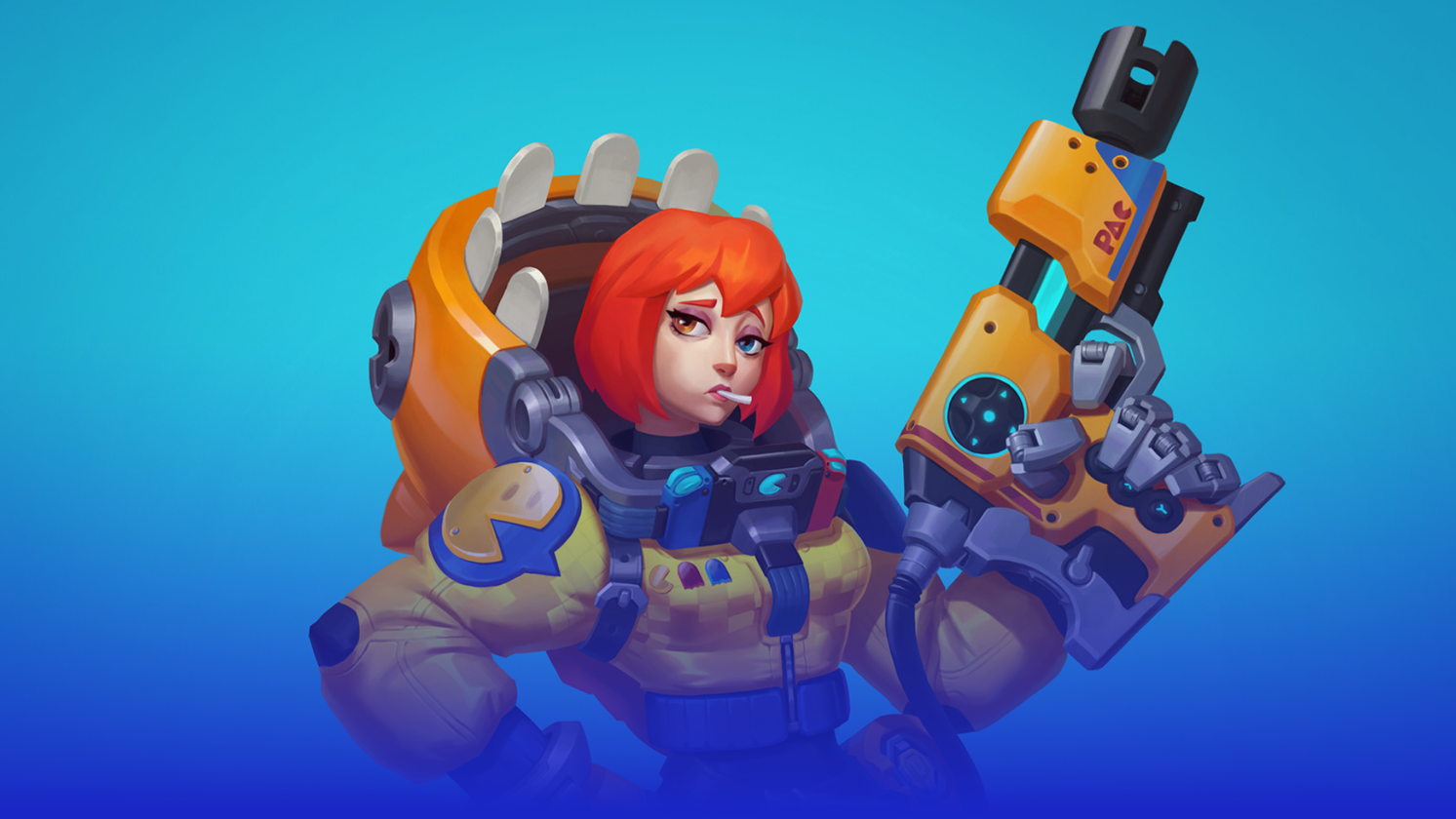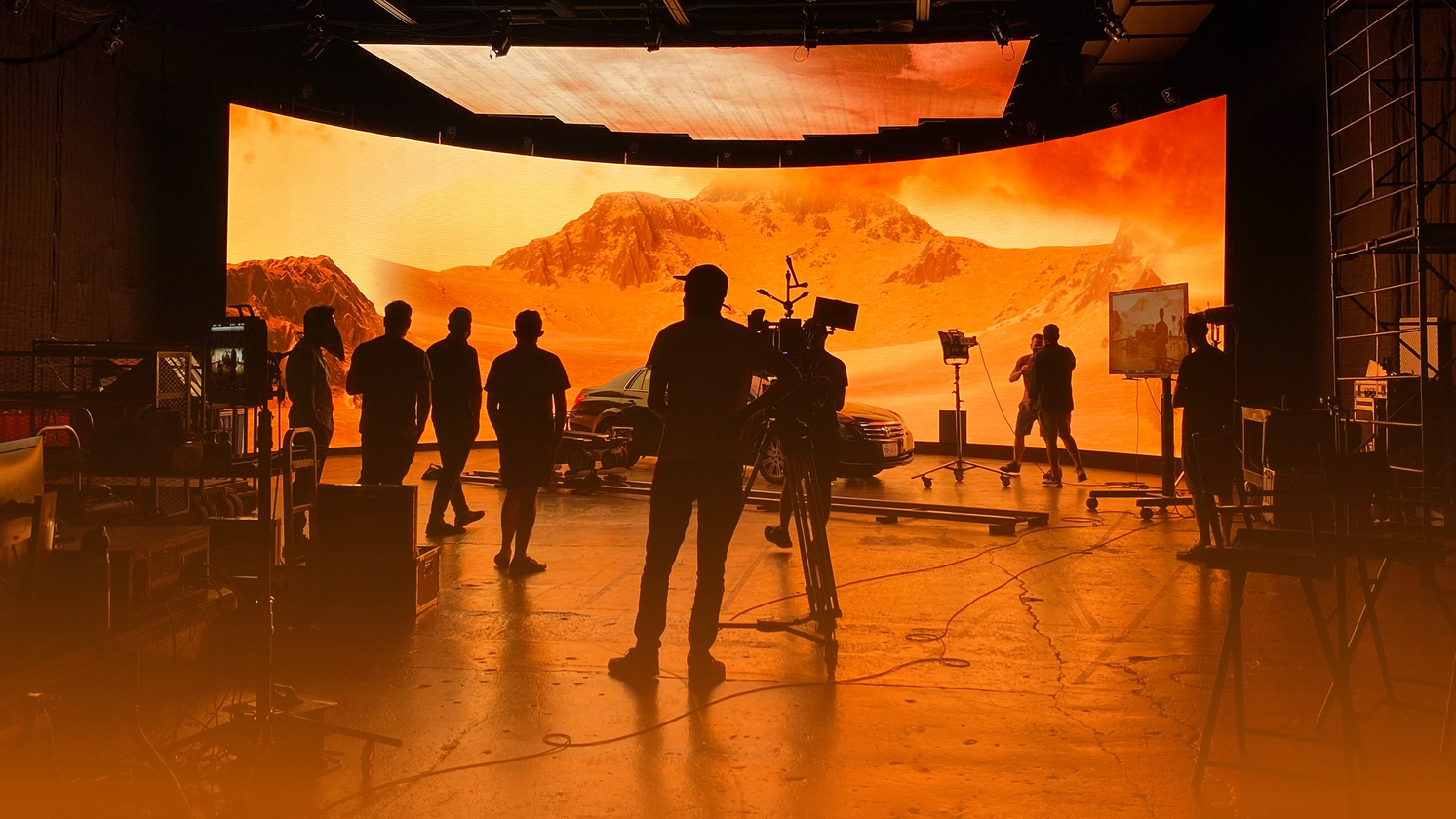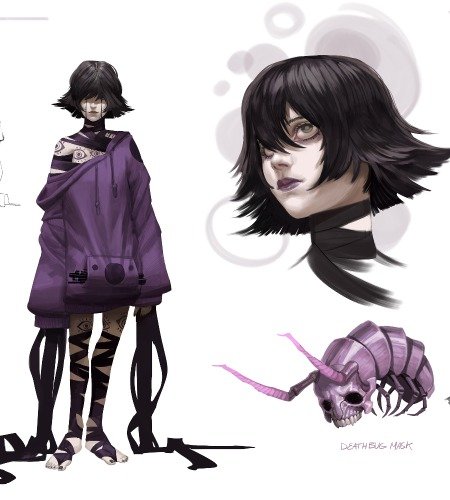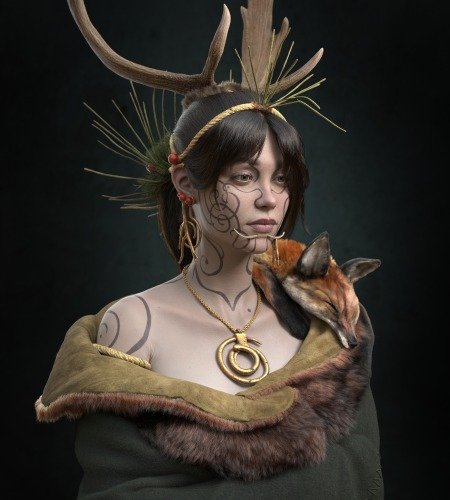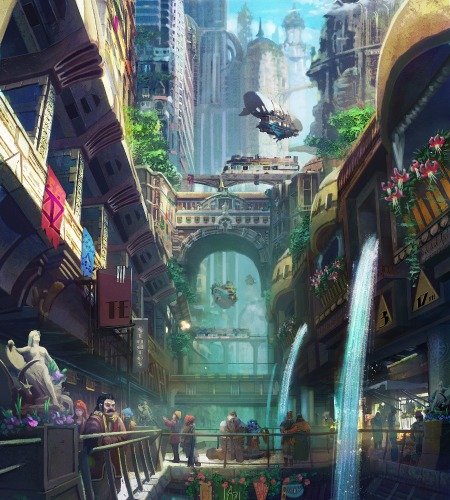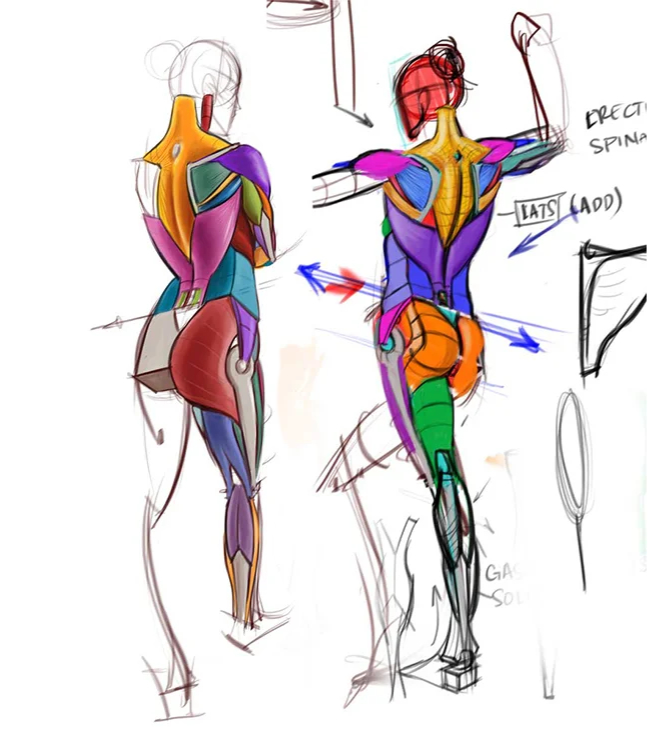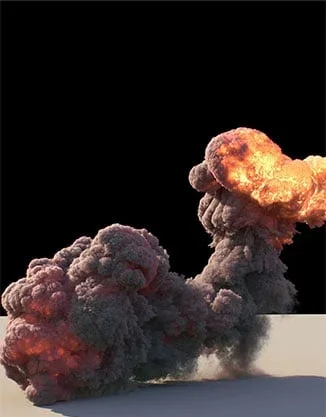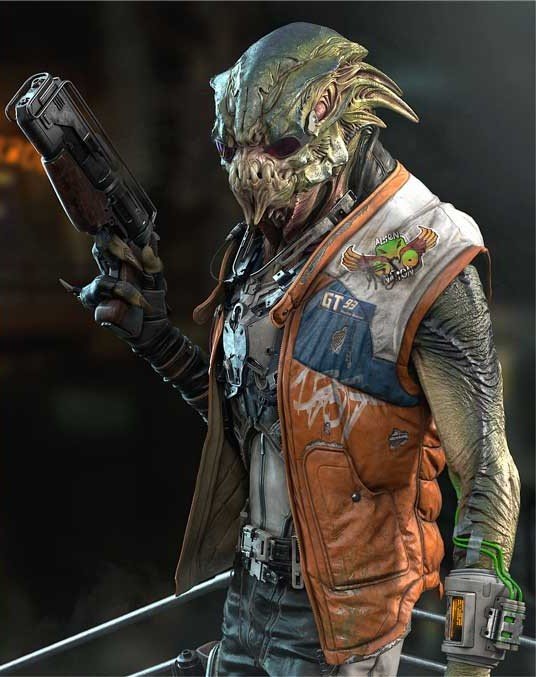Snowy Village in UE4
Yuko Yokoi took the CGMA course Organic World Building in UE4 led by Anthony Vaccaro and shared the production details of her Snowy Village scene.


Introduction
Hi everyone! My name is Yuko Yokoi. Currently, I work as a Senior Environment Artist at DigicPictures in Hungary, Budapest. DigicPictures is mainly involved in the production of game cinematics. Recently, I was involved in the production of cinematic movies such as Call of Duty: WWII, Destiny 2 – Forsaken, League of Legends – the Climb, and the latest movie is League of Legends – AWAKEN.
When I was in college, I studied graphic design and wanted to work for a game company ever since I was a child. So, after I graduated, I learned 3D software and I started my career as a 3D artist. At first, I started working for a small company, then transferred to Kojima Production at Konami Digital Entertainment and was involved in the Metal Gear Solid series as an Environment Artist and Technical Artist. After that, I worked on the TV series “Ronja, the Robber’s Daughter” as a Character Supervisor and “Street Fighter V” as an Environment Artist at Polygon Pictures Inc. Thereafter, I also worked at SQUARE ENIX.
As an artist, I love studying to improve my artistic level as well as get involved in great works of others. No matter how busy I get, I always find time to study. While studying on my own, I discovered CGMA and decided to take Anthony Vaccaro‘s Organic World Building in UE4 class because, at that time, I was just getting interested in studying UE4.
Snow Village

The theme and the concept of this work was a snowy village in the Japanese countryside. The course lasted 10 weeks, so in order to finish every task, time-management was extremely important. I am a full-time worker, so I spent around 3 hours after work and weekends to complete the tasks. I made a to-do list as I was limited in time.
Asset Production

I work efficiently utilizing my past experiences. Basically, I re-use various models. Even when producing singular assets such as houses, ground textures, cliffs, trees, plants, and rocks, I produce these works efficiently by re-using various works.
The thing to be careful when re-using models is not to exaggerate its uniqueness, otherwise, it’ll be obvious that you re-used something. It is best to approach re-using easier (moving, scaling and so forth) and also to create shapes that don’t look obviously repeated by focusing on the overall balance.
HOUSE


It is most effective if you block the model of a house in advance and have each texture and material assigned, organized, and ready to go. First, prepare textures such as a wooden wall one. Then, in ZBrush, create a large model which would be the basic wooden board. Lastly, overlay it with a grain texture. Once the materials are completed, you can easily proceed with texturing in Substance Painter.
CLIFF


The cliff model was sculpted in ZBrush from scratch. First, I choose the basic concept and then analyze the picture. During this step, I think of the possibilities of re-usage and sculpt silhouettes and details that will be the easiest to use.
Avoid making the ratio between the plain surface and the surface with detail equal for all the surfaces. Just like the one in the picture, make the ratio to be 50:50 for one surface and 80:20 for the opposite surface. You can select them for a later layout.
Although it is easy to get carried away and create many details during this stage, it is best to keep the details on the mid-level.
It is most efficient to place a fine subnormal on the surface in UE4. This also helps to reduce LOD.
Finally, remesh the polygon with Decimation Master to create the final low polygon model. Bake from low to high model and create a necessary map such as a normal map.

I also made two kinds of seamless textures to be used on rocks and cliffs that I mentioned above. One is for detailed surfaces such as rocks and stones, and the other is for a basic ground surface.



ROCKY MOUNTAIN
A rocky mountain by the riverside was also sculpted from scratch in ZBrush. I decided that I would the re-usage there, so I produced it in the same way as the cliffs. To make the production more efficient, I first made several kinds of rocks that I’d re-use. The textures were created using Substance Painter.
At the final stage, using the above mentioned fine seamless textures as subnormal, I have assigned them on top of the rocks in UE4.
VEGETATION


In this project, I have created a type of conifer tree and a withered tree, both with snow, and reused them in the layout.
The important aspect of this work was how to put withered weed on top of the snow. I have made several kinds of weed. I have created several kinds of weed different in length and applied them on in UE4 while being conscious of the compositional balance.
For the conifer tree, I have created one tree trunk and three types of basic shape branches with low polygons. The combination of them ended with ten different kinds of branches in total. High polygons were used for the lowest part of the tree which is the closest part to the player. For the section that is the furthest from the player, I only applied one layer of low polygon branches. This way, I was efficiently arranging them to reduce the number of polygons. Always be conscious of the height and perspective of the player, it will allow you to approach the assets efficiently in terms of polycount. This is the fundamental aspect of game production.
I saved production time by reusing the withered trees I have already created in the previous project. They were created with ZBrush and transferred to low poly with Decimation Master.
The withered weed model was created out of a texture from Quixel Megascans. After that, I checked the behavior of wind in UE4.
As for tips when applying grass, it is best to consider the player’s perspective and to think about where you would like to lead the player to. This way, you can narrow down the specific area where you need to apply the grass. It’s also best to consider storytelling. For example, you can apply bushes in areas where you think the players won’t go as often or reduce the amount of grass where you want to exaggerate the snow. What is also important is to balance the positive and negative spaces.
SNOW & SOIL

The snow and soil were created procedurally with Substance Designer. Here, I referred to the tutorial by Daniel Thiger for making the snow shader. I learned the basics from it. created my snow shader and arranged it.
Melting Snow Tutorial by Daniel Thiger
I used a winterly landscape that’s full of snow as a reference, but the surface is made with a bit of exaggeration. Knowing that in later stages, I will be making adjustments for the lighting. I adjusted the volume of surface information using NormalMap. I have also utilized SpecularMap to apply glittery white particles on the surface. Without this step, the finished work would be very different.

I made the conscious decision not to work too hard on arranging the soil since I knew that the main focus would be the snow. Using the soil, grass and snow layers I’ve created, the paint was applied with a mask in UE4.
Lighting
I created this kind of lighting because I wanted to express the atmosphere of the morning in the winter time. I also wanted to express the icy coldness in the air and the beautiful view of the morning sun.
The lighting process was very simple. I used Skylight and Directional Light and later used Post Process Volume. The snowy landscape with plenty of snow on the ground is full of white color which often has little information thus creating a feeling of loneliness. I have added the shadows on the ground which increased the amount of information.


The things I especially focused on while creating the winter scene were shadows, bounced lights and fog. If you take a look at the reference image, you can see that the color of the shadow is reflecting blueish purple colors of the blue sky. It’s possible to create and express a winterly atmosphere by adding a tiny bit of blue to the lights and shadows. To do this, I first selected the area I needed to adjust and used the post effect to do the readjusting. In this work, I was also dealing with sunrise so I have added a few warm colors to achieve a more complex coloration.
The usage of light bounced off the snow was also very important. For this, I have made adjustments in post effect as well.
When doing the lighting, it is best to study the reference image and analyze what and how much of the elements are missing. I believe that narrowing down these necessary elements should be arranged and applied appropriately rather than simply guessing.

Feedback
This project gave me a great opportunity to learn UE4 functions as I had a chance to work through up to lighting in it even though I had some experience at work. Also, I created the expression of snow and cold season for the first time, and that was very challenging. Since I could learn various things, I enjoyed creating them very much. Anthony has taught me the fundamental methods to use and gave tips on what to be aware of when creating a game project, I learned a lot from him. There’re different engines, but UE4 is easy to get started for anyone and it would be optimal for studying the basics of game production.
I’ve noticed that in recent years, the boundary between cinematic and real-time movies was small. Real-time technology will continue to evolve and receive attention and, personally, I would like to get involved in real-time projects in the future. Therefore, I would like to keep studying this field.


